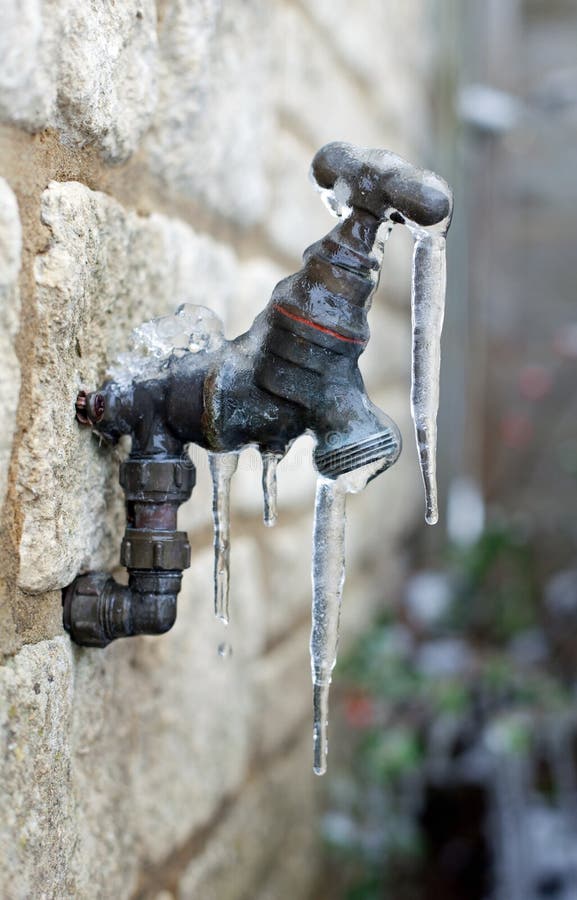Ways to Protect Pipes from Cold Weather Damage: Crucial Tips
Ways to Protect Pipes from Cold Weather Damage: Crucial Tips
Blog Article
What're your thoughts and feelings on Preventing and dealing with frozen pipes?

Cold weather can damage your plumbing, particularly by freezing pipes. Below's how to stop it from taking place and what to do if it does.
Intro
As temperatures decline, the danger of icy pipes boosts, possibly causing expensive fixings and water damage. Understanding exactly how to stop frozen pipes is vital for property owners in cool climates.
Comprehending Frozen Pipelines
What creates pipelines to ice up?
Pipes ice up when subjected to temperature levels below 32 ° F (0 ° C) for expanded durations. As water inside the pipes freezes, it increases, putting pressure on the pipeline walls and potentially creating them to rupture.
Threats and problems
Icy pipes can bring about water disturbances, property damages, and expensive fixings. Burst pipes can flooding homes and trigger comprehensive architectural damage.
Indications of Frozen Pipes
Recognizing frozen pipelines early can avoid them from breaking.
Exactly how to recognize frozen pipelines
Look for lowered water circulation from faucets, uncommon odors or sounds from pipes, and visible frost on revealed pipes.
Avoidance Tips
Protecting vulnerable pipes
Wrap pipes in insulation sleeves or make use of warmth tape to safeguard them from freezing temperature levels. Focus on pipelines in unheated or external areas of the home.
Heating strategies
Maintain interior areas properly heated up, specifically locations with pipes. Open cabinet doors to allow warm air to flow around pipelines under sinks.
Shielding Exterior Pipes
Garden tubes and outdoor faucets
Disconnect and drain garden hose pipes before winter. Install frost-proof faucets or cover outside taps with insulated caps.
What to Do If Your Pipes Freeze
Immediate activities to take
If you think frozen pipelines, keep faucets open to ease stress as the ice melts. Use a hairdryer or towels taken in warm water to thaw pipelines slowly.
Long-Term Solutions
Structural modifications
Take into consideration rerouting pipes away from exterior wall surfaces or unheated locations. Include additional insulation to attic rooms, cellars, and crawl spaces.
Upgrading insulation
Invest in high-quality insulation for pipelines, attic rooms, and wall surfaces. Proper insulation assists preserve constant temperature levels and minimizes the threat of frozen pipes.
Conclusion
Preventing icy pipelines needs aggressive steps and fast actions. By understanding the reasons, indicators, and safety nets, homeowners can protect their plumbing throughout cold weather.
5 Ways to Prevent Frozen Pipes
Drain Outdoor Faucets and Disconnect Hoses
First, close the shut-off valve that controls the flow of water in the pipe to your outdoor faucet. Then, head outside to disconnect and drain your hose and open the outdoor faucet to allow the water to completely drain out of the line. Turn off the faucet when done. Finally, head back to the shut-off valve and drain the remaining water inside the pipe into a bucket or container. Additionally, if you have a home irrigation system, you should consider hiring an expert to clear the system of water each year.
Insulate Pipes
One of the best and most cost-effective methods for preventing frozen water pipes is to wrap your pipes with insulation. This is especially important for areas in your home that aren’t exposed to heat, such as an attic. We suggest using foam sleeves, which can typically be found at your local hardware store.
Keep Heat Running at 65
Your pipes are located inside your walls, and the temperature there is much colder than the rest of the house. To prevent your pipes from freezing, The Insurance Information Institute suggests that you keep your home heated to at least 65 degrees, even when traveling. You may want to invest in smart devices that can keep an eye on the temperature in your home while you’re away.
Leave Water Dripping
Moving water — even a small trickle — can prevent ice from forming inside your pipes. When freezing temps are imminent, start a drip of water from all faucets that serve exposed pipes. Leaving a few faucets running will also help relieve pressure inside the pipes and help prevent a rupture if the water inside freezes.
Open Cupboard Doors
Warm your kitchen and bathroom pipes by opening cupboards and vanities. You should also leave your interior doors ajar to help warm air circulate evenly throughout your home.

Hopefully you enjoyed our piece on How to Prevent Your Pipes From Freezing. Thanks a lot for taking a few minutes to browse our blog post. Feel free to pause to distribute this blog entry if you enjoyed it. We recognize the value of your readership.
Click Report this page